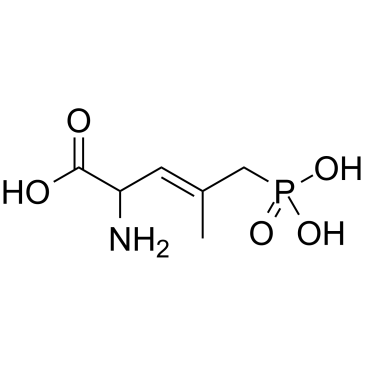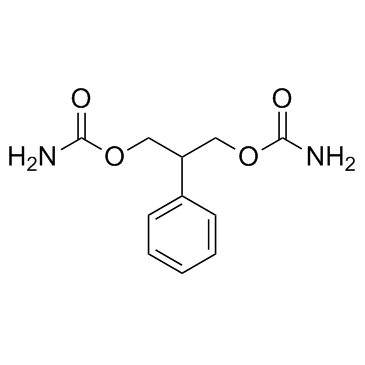| 结构式 | 名称/CAS号 | 全部文献 |
|---|---|---|
 |
(E)-2-氨基-4-甲基-5-膦酰基-3-戊烯酸
CAS:127910-31-0 |
|
 |
非氨酯
CAS:25451-15-4 |